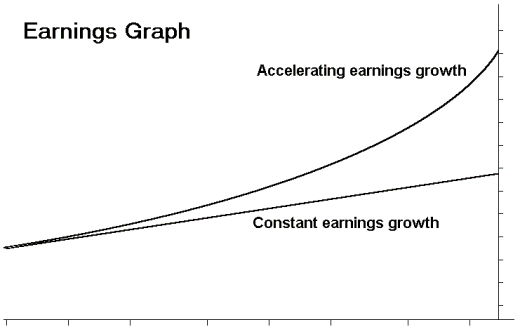- Active Investing - what is it?
- All Weather Trading Plan using Complex Theory (Parts 1 - 4)
- Asset Management (Parts 1 - 4)
- Back Testing
- Breaking out from consolidation
- Breakout trading in all market conditions
- Charting in a Nutshell
- Children of the Bear
- Fibonacci and the Golden Ratio
- Going Public
- Hull Moving Average
- MACD Breakout Trading (Parts 1 - 2)
- Making decisions with a Simple Moving Average
- Probability: do you have the stomach for it?
- Profit Taking
- Relative Strength
- Record Keeping
- Risky Business
- Short Selling
- Social Media Bubble
- Switching Gears
- Rate of Return indicator
- Time and Money
- Tools of the Trade
- Trade Warrants (Parts 1 - 4)
- Trading without spending money
- Trendlines
- Triangles
- GMMA's on Weekly Charts
- Writing Custom Indicators
Articles include:
This article is a comical look at how and why private companies go public. Although the example I use is totally fictitious, it is relevant to recent times and the folly of all concerned.
We'll pretend that you are a part owner of a privately owned technology company. It's the late 1990's and the tech boom is underway and all those present in the marketplace are trying to sell you and your partners the idea of going public and listing on the Stockmarket.
You are reluctant to list because the idea of losing any degree of control is abhorrent to you. But you decide to play this silly game on the proviso that you retain control and more working capital never hurt anyone.
You value your company at $1 million in assets and a further $10 million in good will. The good will is based on your existing earnings plus projected earnings growth using an exponential curve approach. The following chart shows a comparison between a straight line, indicating constant earnings growth, and an exponential curve that represents accelerating growth.

You will have to state a good case for using an exponential earnings growth curve to gain the approval of the Australian Securities Investment Commission who must rubber stamp your prospectus prior to you listing on the Stock Exchange. You will also be setting up your prospectus with the assistance and guiding hand of the Stockbroker who, in effect, is selling the prospectus to the marketplace. Your supporting argument is based on the following projected earnings.
| Year | Earnings | Earnings Growth (Proportional increase in earnings based on the previous period) |
| 1995a | $50K | ----- |
| 1996a | $55K | 10% |
| 1997a | $63K | 15% |
| 1998a | $77K | 22% |
| 1999a | $95K | 34% |
You're understandably reluctant to rock the boat by going public because you've just got your business to the point where all 5 business partners are drawing a wage and receiving a 20% share of $95K in profits. You can slow down and still achieve growth. But wait... there's more.
| Year | Projected Earnings Growth (Based on previous 5 years earnings growth) |
Projected Earnings |
| 2000p | 51% | $143K |
| 2001p | 67% | $239K |
The years with an 'a' next to them are where you know the 'Actual' figures whereas the 'p' stands for 'Projected'. These figures are based on projected earnings growth into the future. Because nobody knows the full potential of the information revolution you can't set the ceiling for earnings growth. But you do your best by using third party statistics that infer conclusions from the current rate of penetration of the Internet into family homes and the total population base. You are diligent in this process and, with the help of the working capital you are going to raise, you intend on entering the U.S. market and your statistics reflect this intention. You achieve your rubber stamp and the Stockbroker's smiling because he has even managed to float tech companies that have losses on their books. You're happy, the Broker is happy and the public are happy because they're going to get a piece of the action when you enter the U.S. market.
You retain control of your company because the five partners retain 6 million shares issued at $1 each between them with the other 5 million shares going outside the company. The day of the IPO arrives and the share price closes at $1.50 having been as high as $2.00 during trading.
You sit down and do some calculations to realise that you are now worth:
20% of 6,000,000 shares worth $1.50 each = $1.8 million on paper
It suddenly dawns on you why they drink champagne on the floor of the ASX during IPO's. You always wondered why company directors got so excited about getting more working capital... but now you know. Your choices are to take your company to the U.S. and be answerable to all the shareholders for your actions or sell your holdings. Given that you were reluctant to go public in the first place you decide to retire at age 25 a millionaire... after tax.